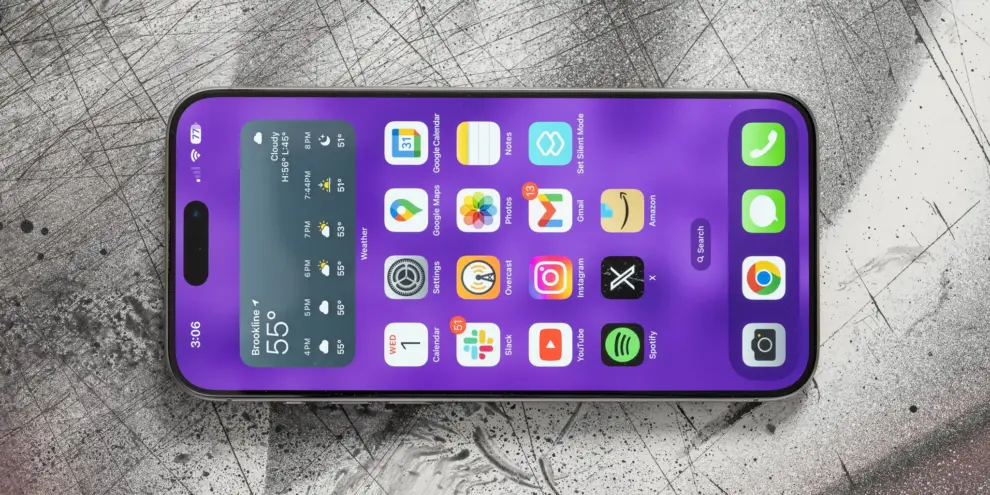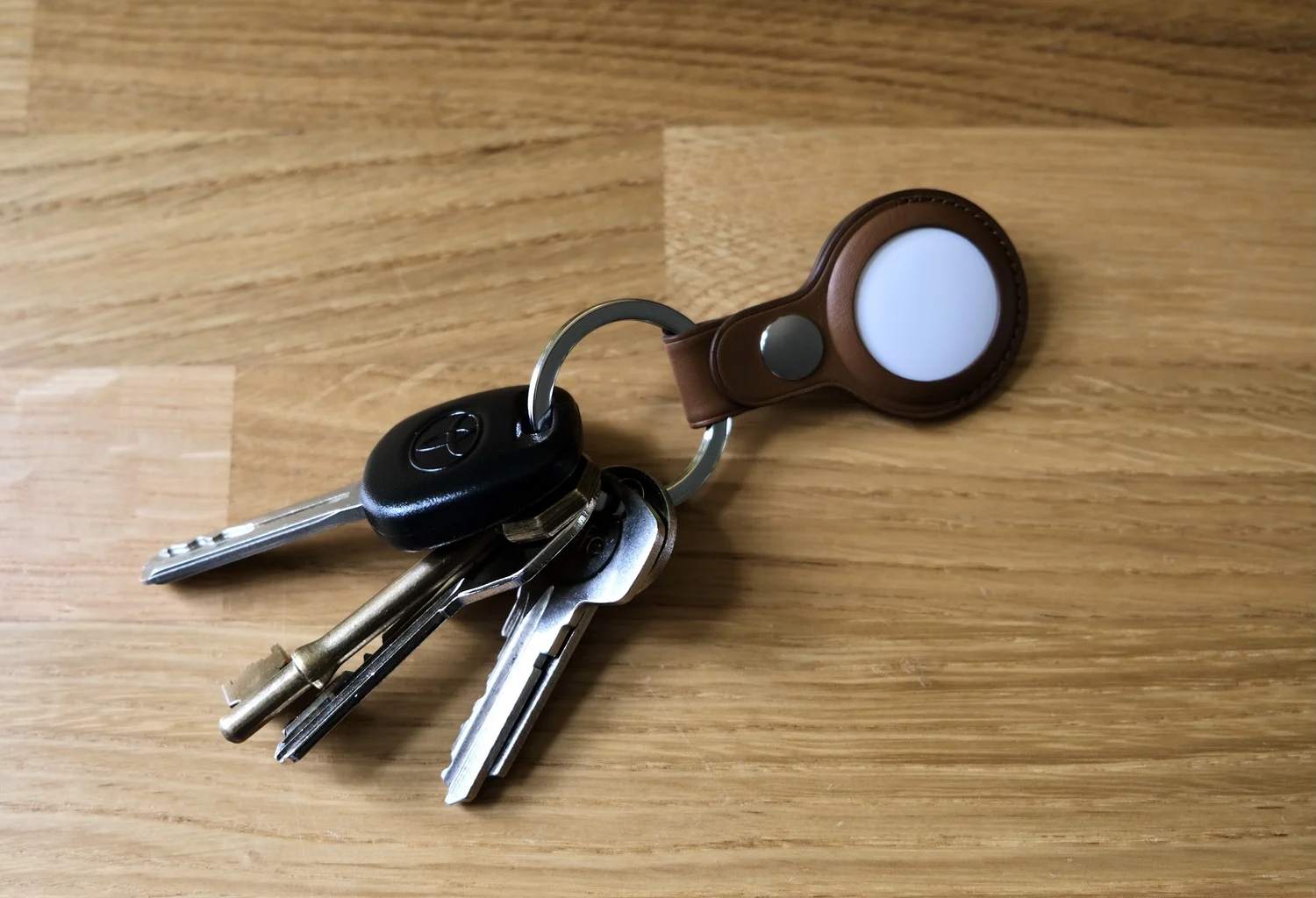Have you ever scrolled endlessly through your Android phone’s settings, desperately searching for that one specific permission or notification control? If so, you’re not alone. Many users find Android’s granular settings, while powerful, can sometimes feel scattered and overwhelming. Now, whispers are circulating: could a future version of Android, perhaps even a hypothetical “Android 16,” take a leaf out of Apple’s book and adopt a more iOS-like approach to managing app settings?
The mere suggestion might send shivers down the spines of Android purists who cherish the platform’s open and customizable nature. iOS, with its centralized app settings located neatly under each app’s name in the main Settings app, is often seen as simpler but less flexible. The thought of Android abandoning its current system for something resembling iOS might conjure images of reduced control and a less tailored experience.
But hold on. Before you start lamenting the potential loss of Android’s identity, let’s consider what this shift could actually entail and why it might not be as bad – and perhaps even beneficial – as you initially think.
Understanding the Current Landscape: Android vs. iOS Settings
Currently, on Android, app settings are often found within the app itself. While some core permissions and notifications can be managed through the main system settings, many specific configurations require you to open the individual application. This can lead to a fragmented experience, especially when you’re trying to adjust settings for multiple apps. For instance, if you want to change the notification sound for one app and disable location access for another, you’ll likely have to navigate through several different menus and app interfaces.
iOS, on the other hand, centralizes most app-specific settings within the main Settings app. Scroll down, find the app in question, and you’ll typically find a list of permissions, notification options, and other configurable elements. This approach offers a clear and consistent overview of what each app can and cannot do, all in one place.
Why the Comparison Now? User Feedback and Platform Evolution
The idea of Android adopting a more iOS-like settings structure isn’t entirely out of the blue. Over the years, user feedback has consistently pointed to the occasional difficulty in navigating Android’s settings. While power users appreciate the depth of customization, newcomers and even seasoned users sometimes find themselves lost in the maze of menus.
Furthermore, both Android and iOS have been gradually borrowing features from each other over time. Android has incorporated features like a system-wide dark mode and improved privacy controls, which were initially prominent on iOS. Similarly, iOS has adopted widgets and more flexible home screen customization, features long available on Android. This cross-pollination of ideas suggests a continuous effort to improve user experience on both platforms.
What Could an “Android 16” Approach Look Like?
It’s crucial to understand that mimicking doesn’t necessarily mean a complete and identical replication. Android could adopt a more centralized approach to app settings without sacrificing its inherent flexibility and customization options. Here’s a plausible scenario:
Imagine a dedicated section within Android’s main Settings app where all installed applications are listed. Tapping on an app would reveal a consolidated view of its permissions (camera, microphone, location, etc.), notification settings (types of notifications, sounds, vibration), default app preferences (like opening specific link types), storage usage, and potentially even in-app specific settings that developers choose to expose.
This wouldn’t necessarily mean removing the in-app settings entirely. Developers could still retain the ability to offer detailed configurations within their applications. However, the centralized view in the main Settings would provide a quick and comprehensive overview, allowing users to easily manage core functionalities and permissions without having to open each app individually.
The “Not as Bad as You Think” Part: Potential Benefits
Instead of viewing this potential change as a step backward, consider the potential advantages:
- Improved Discoverability: A centralized location for app settings could make it much easier for users to find and manage permissions and notifications. No more hunting through individual app menus.
- Enhanced Privacy Control: Having all app permissions listed in one place would provide a clearer picture of what data each app is accessing. This could empower users to make more informed decisions about their privacy.
- Greater Consistency: A unified settings interface could lead to a more consistent user experience across different Android devices and manufacturers.
- Simplified Management: For users who frequently adjust app settings, a centralized system could save time and effort. Imagine quickly reviewing and modifying notification preferences for several apps from a single screen.
Addressing the Concerns: Maintaining Android’s Identity
The biggest concern surrounding this hypothetical change is the potential loss of Android’s open and customizable nature. However, a well-implemented system could address these concerns:
- Granular Control: Android could still allow for detailed in-app settings for users who want more fine-grained control. The centralized view would simply offer a convenient overview for common adjustments.
- Developer Flexibility: Developers could still have the freedom to design their in-app settings as they see fit, while also exposing key settings to the centralized Android interface.
- User Choice: Perhaps Google could offer users a choice between the current fragmented system and a more centralized view, catering to different preferences.
Real-World Examples and User Sentiment
Think about how users currently interact with app permissions on both platforms. On iOS, it’s often a straightforward process of granting or denying access when an app first requests it, with the ability to review and change these permissions later in the Settings app. While some argue this lacks the immediate context of Android’s in-app permission requests, it provides a clear and organized overview.
Anecdotally, many Android users have expressed frustration with the scattered nature of settings. Online forums and social media are filled with posts from users struggling to find specific app configurations. A more centralized approach could alleviate some of this frustration and make the platform more user-friendly for a wider audience.
The Path Forward: Evolution, Not Revolution
It’s important to remember that operating systems are constantly evolving. Both Android and iOS have learned from each other and adapted over time. A potential shift towards a more centralized app settings system on Android wouldn’t necessarily be a radical departure from its core principles. Instead, it could be seen as a natural evolution aimed at improving user experience and addressing common pain points.
Ultimately, the success of such a change would depend on its implementation. If Android can adopt a more organized approach to app settings while retaining its flexibility and customization options, it could offer the best of both worlds. Users could benefit from the simplicity and clarity of a centralized system without sacrificing the granular control that many have come to expect from Android.
So, the next time you find yourself lost in the labyrinth of Android settings, remember that change might be on the horizon. And perhaps, just perhaps, that change won’t be as bad as you think. It might even be a welcome step towards a more user-friendly and intuitive Android experience.










Add Comment